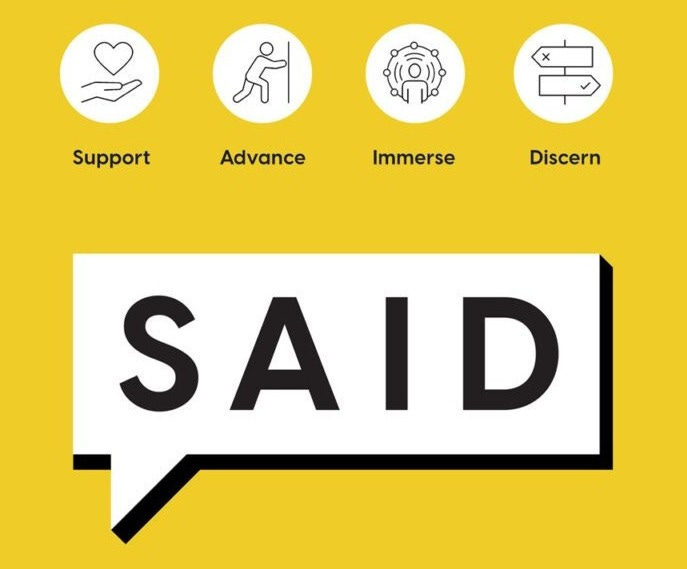Adaptive Listening
A helpful resource for becoming a better listener at work (and everywhere else)
Have you ever left a conversation feeling frustrated because the other person didn’t respond the way you were hoping for? It’s likely others have felt the same way about you at some point.
In Adaptive Listening: How to Cultivate Trust and Traction at Work, authors Nicole Lowenbraun and Maegan Stephens offer a theory for why this happens so often in the workplace and a simple solution for fixing it. I’ve found the model to be quite helpful for the workplace and beyond.
Listening Styles
Lowebraun and Stephens suggest that everyone falls into a primary listening style, or a preferred way of listening to others. This is the default way you listen to others. They suggest there are four primary listening styles: Support, Advance, Immerse, and Discern (S.A.I.D).
Support Listeners think about the emotions of the speaker. They seek to be attentive to the feelings of the speaker so they can respond supportively.
Advance Listeners think about moving things forward promptly. They are listening for solutions to the problems being presented.
Immerse Listeners think about information and details. They are trying to fully understand what is being presented by the speaker.
Discern Listeners think about evaluating information. They are hoping to discern pros and cons.
The authors argue that every person has a default listening style, but that you can learn to listen in the other styles—and you should. That’s because when someone approaches you in a conversation they are looking for a particular style of listening from you. This is where this model gets super helpful.
You might have a coworker who wants you to help them weigh the pros and cons of a particular decision, but you’re a natural Immerse Listener. Your default will be to ask clarifying questions to better understand the decision, but that’s not what they’re looking for. They will leave the conversation dissatisfied and disappointed.
Adapting Your Listening
The authors argue that to be an exceptional listener you must ask yourself, “What does the speaker need from me in this interaction.” (p. 131) This might mean looking for context clues that the speaker offers. It might also mean asking the speaker directly. They call this process spotting the listening goal. Once we know what the speaker is looking for, we might need to shift from our default listening style to the more appropriate style.
I remember a conversation I had with a church member who was sharing about some of the difficult things that were happening in his life. My natural listening style in these types of conversations is Support Listening. I listened to him and tried to offer a compassionate and supportive response. He replied, “Why do you never give me advice when I’m looking for it? You just listen.” I had failed to spot the listening goal. He was looking for Advance Listening.
One last point that I found helpful in the book is that when we are in the speaker role, we can tell the listener what we are looking for from them. We can say, “Can I vent to you about something? I don’t need a solution right now; I just need someone to listen to me.”
Conclusion
I found Adaptive Listening to be a worthwhile read and a helpful model for improving my listening skills. It’s a simple, memorable model that can make a big impact.






You can't go wrong with a good acronym :)